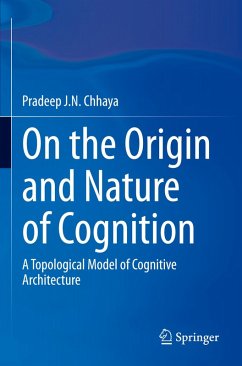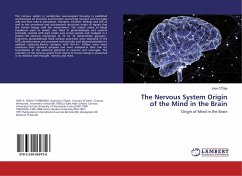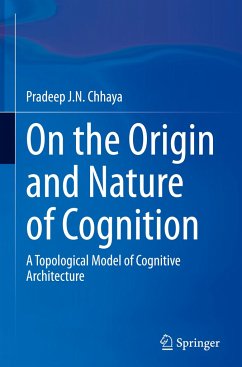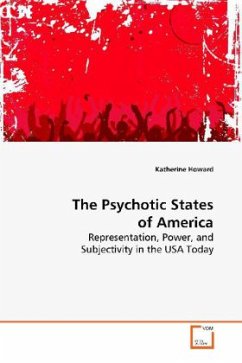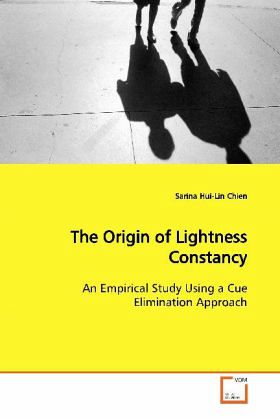
The Origin of Lightness Constancy
An Empirical Study Using a Cue Elimination Approach
Versandkostenfrei!
Versandfertig in 6-10 Tagen
32,99 €
inkl. MwSt.

PAYBACK Punkte
16 °P sammeln!
In adult lightness perception, the perceived lightness of a region is determined by at least two steps. First, the visual system computes the luminance ratios between that region and its surrounding areas (a local luminance ratio cue), and second, the region that has the highest luminance in a scene is assigned as white (a white anchoring cue). In this book, the author tested ifinfants as young as 4 months exhibit lightness constancy by use of a local luminance ratio cue and/or a white anchoring cue. Using a forced-choice novelty preference method, the author tested lightness constancy under t...
In adult lightness perception, the perceived
lightness of a region is determined by at least two
steps. First, the visual system computes the
luminance ratios between that region and its
surrounding areas (a local luminance ratio cue), and
second, the region that has the highest luminance in
a scene is assigned as white (a white anchoring
cue). In this book, the author tested if
infants as young as 4 months exhibit lightness
constancy by use of a local luminance ratio cue
and/or a white anchoring cue. Using a forced-choice
novelty preference method, the author tested
lightness constancy under three conditions: a
constant white surround, a constant black surround,
and a change of surround. Results showed that 4-mo-
olds exhibited lightness constancy when both a local
luminance ratio cue and a white anchoring cue were
present. If the white anchoring cue was eliminated,
or the local luminance ratios were changed, infants
failed to show constancy. This pattern of results
suggests that both a local luminance ratio cue and a
white anchoring cue are necessary; either cue by
itself is insufficient for achieving lightness
constancy in early infancy.
lightness of a region is determined by at least two
steps. First, the visual system computes the
luminance ratios between that region and its
surrounding areas (a local luminance ratio cue), and
second, the region that has the highest luminance in
a scene is assigned as white (a white anchoring
cue). In this book, the author tested if
infants as young as 4 months exhibit lightness
constancy by use of a local luminance ratio cue
and/or a white anchoring cue. Using a forced-choice
novelty preference method, the author tested
lightness constancy under three conditions: a
constant white surround, a constant black surround,
and a change of surround. Results showed that 4-mo-
olds exhibited lightness constancy when both a local
luminance ratio cue and a white anchoring cue were
present. If the white anchoring cue was eliminated,
or the local luminance ratios were changed, infants
failed to show constancy. This pattern of results
suggests that both a local luminance ratio cue and a
white anchoring cue are necessary; either cue by
itself is insufficient for achieving lightness
constancy in early infancy.






